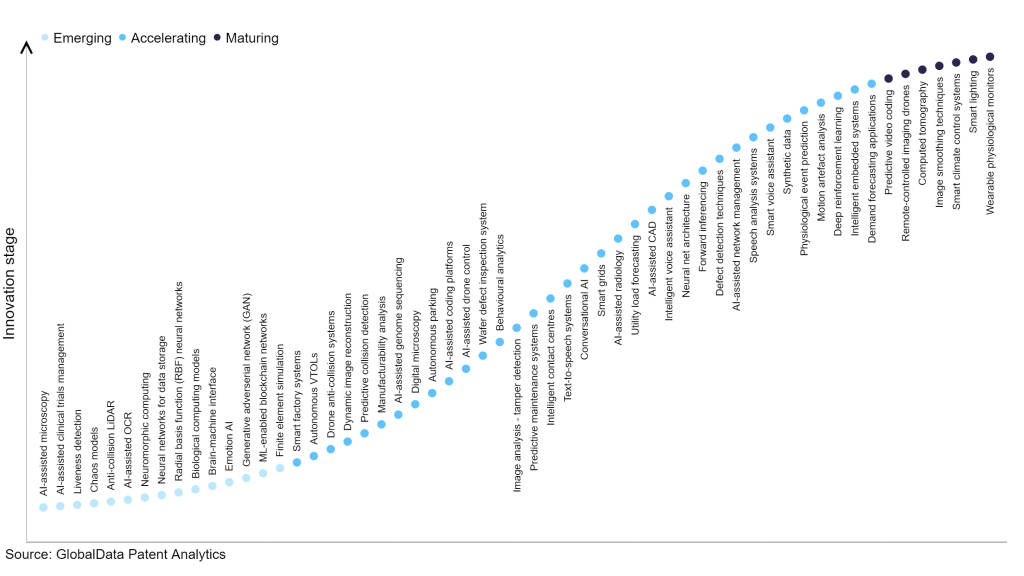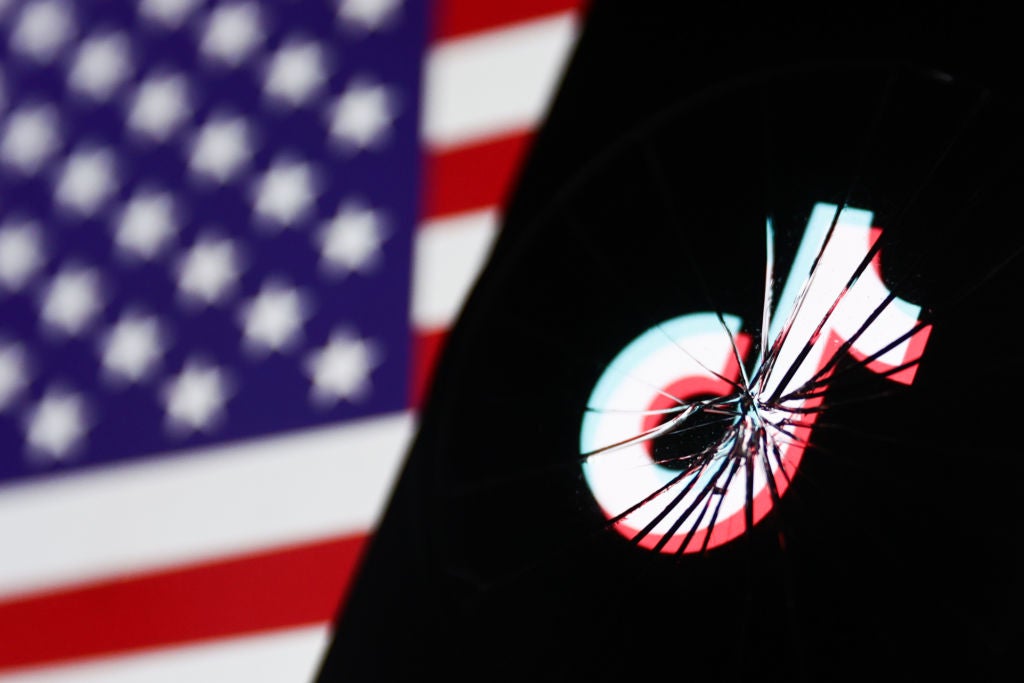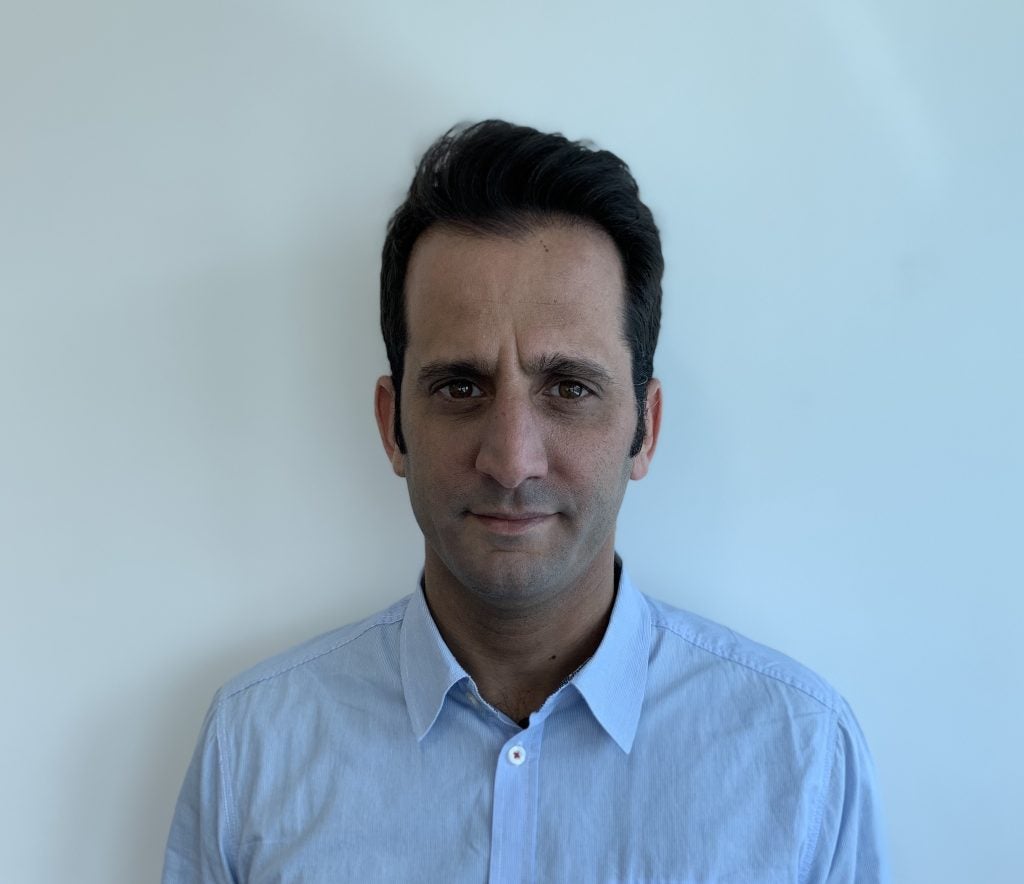The technology industry continues to be a hotbed of innovation, with activity driven by the increasing demand for smart and autonomous devices across various industries, the need for real-time data analysis and decision-making at the edge, and the rising availability of powerful yet energy-efficient hardware, as well as growing importance of technologies such as edge computing, deep learning models optimised for resource-constrained environments, and sensor fusion techniques that combine data from multiple sensors to enhance perception and context awareness. Additionally, technologies like natural language processing and speech recognition enable seamless human-machine interactions in embedded systems. In the last three years alone, there have been over 3.6 million patents filed and granted in the technology industry, according to GlobalData’s report on Innovation in Artificial Intelligence: Intelligent embedded systems. Buy the report here.
However, not all innovations are equal and nor do they follow a constant upward trend. Instead, their evolution takes the form of an S-shaped curve that reflects their typical lifecycle from early emergence to accelerating adoption, before finally stabilising and reaching maturity.
Identifying where a particular innovation is on this journey, especially those that are in the emerging and accelerating stages, is essential for understanding their current level of adoption and the likely future trajectory and impact they will have.
300+ innovations will shape the technology industry
According to GlobalData’s Technology Foresights, which plots the S-curve for the technology industry using innovation intensity models built on over 2.5 million patents, there are 300+ innovation areas that will shape the future of the industry.
Within the emerging innovation stage, finite element simulation, ML-enabled blockchain networks and generative adversarial network (GAN) are disruptive technologies that are in the early stages of application and should be tracked closely. Demand forecasting applications, intelligent embedded systems, and deep reinforcement learning are some of the accelerating innovation areas, where adoption has been steadily increasing. Among maturing innovation areas are wearable physiological monitors and smart lighting, which are now well established in the industry.
Innovation S-curve for artificial intelligence in the technology industry

Intelligent embedded systems is a key innovation area in artificial intelligence
Intelligent embedded systems are computer systems seamlessly integrated into physical devices or products, possessing the capability to autonomously make decisions and carry out commands based on programming and external input. These systems find application in a diverse range of fields, including industrial automation, robotics, medical devices, and consumer electronics.
GlobalData’s analysis also uncovers the companies at the forefront of each innovation area and assesses the potential reach and impact of their patenting activity across different applications and geographies. According to GlobalData, there are 200+ companies, spanning technology vendors, established technology companies, and up-and-coming start-ups engaged in the development and application of intelligent embedded systems.
Key players in intelligent embedded systems – a disruptive innovation in the technology industry
‘Application diversity’ measures the number of different applications identified for each relevant patent and broadly splits companies into either ‘niche’ or ‘diversified’ innovators.
‘Geographic reach’ refers to the number of different countries each relevant patent is registered in and reflects the breadth of geographic application intended, ranging from ‘global’ to ‘local’.
Patent volumes related to intelligent embedded systems
Source: GlobalData Patent Analytics
Tencent is a leading patent filer in intelligent embedded systems. The company’s patents are aimed at invention describing face model matrix training method, apparatus, and storage medium. The method includes obtaining a face image library comprising multiple groups of face images, with each group including at least one face image of at least one person, and separately parsing each group of face images and calculating a first matrix and a second matrix according to parsing results.
The first matrix is an intra-group covariance matrix of facial features of each group of face images, and the second matrix is an inter-group covariance matrix of facial features of the groups of face images.
The method also includes training face model matrices according to the first matrix and the second matrix.
Other prominent patent filers in the space include Samsung Group and Stradvision.
By geographic reach, Snap-on leads the pack, followed by Sartorius and WheelRight. In terms of application diversity, AbbVie holds the top position, followed by Grabango and Bear Flag Robotics.
Intelligent embedded systems have revolutionised the capabilities of embedded devices by integrating advanced artificial intelligence (AI) algorithms. The innovation involves the integration of AI technologies, such as machine learning and computer vision, into embedded systems, enabling them to make intelligent decisions and perform complex tasks.
To further understand how artificial intelligence is disrupting the technology industry, access GlobalData’s latest thematic research report on Artificial Intelligence (AI) – Thematic Intelligence.
Data Insights
From

The gold standard of business intelligence.
Blending expert knowledge with cutting-edge technology, GlobalData’s unrivalled proprietary data will enable you to decode what’s happening in your market. You can make better informed decisions and gain a future-proof advantage over your competitors.







